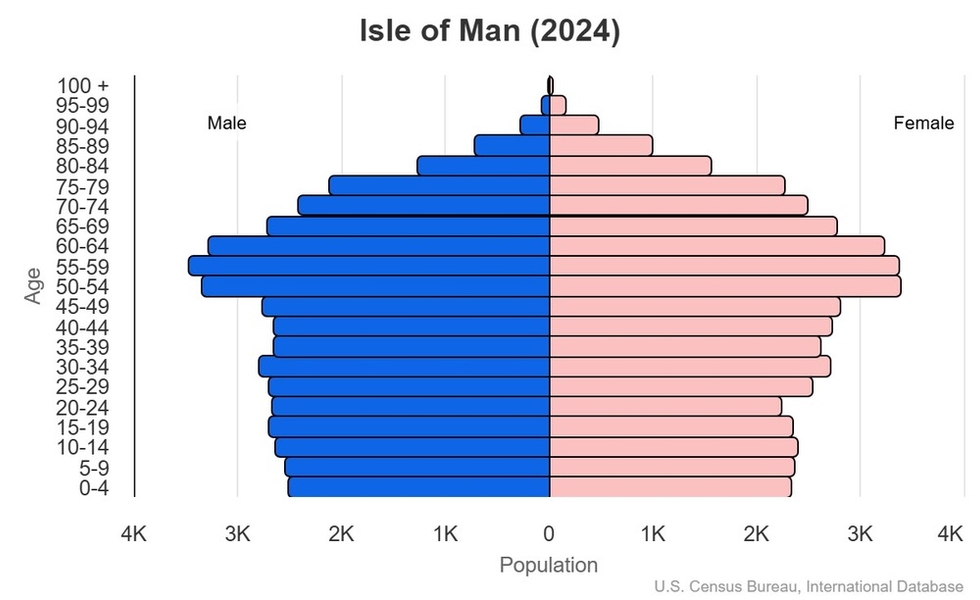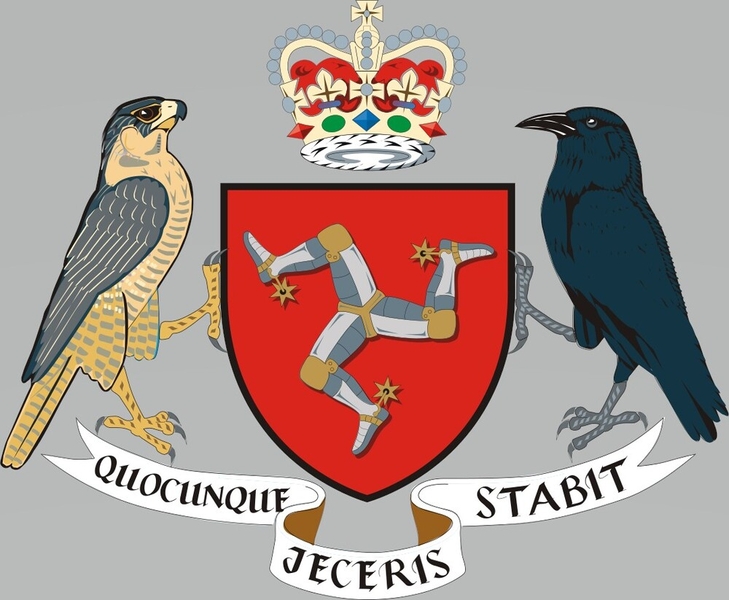Introduction
Tip
Visit the Definitions and Notes page to view a description of each topic.
Geography
People and Society
Population
comparison rankings: total 198; male 198; female 198
Median age
comparison ranking: total 26
Population growth rate
comparison ranking: 153
Birth rate
comparison ranking: 178
Death rate
comparison ranking: 34
Net migration rate
comparison ranking: 22
Infant mortality rate
comparison ranking: total 186
Life expectancy at birth
comparison ranking: total population 28
Total fertility rate
comparison ranking: 127
Government
Economy
Real GDP growth rate
comparison ranking: 211
GDP - composition, by sector of origin
comparison rankings: agriculture 193; industry 200; services 1
Industrial production growth rate
comparison ranking: 193
Energy
Transportation
Merchant marine
comparison ranking: total 62




